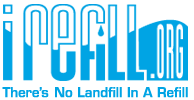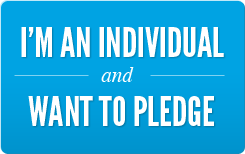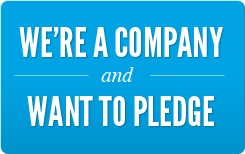Resources/Tips
Resources
Helpful Links
We encourage you to do research on the benefits of using reusable water bottles. iRefill supports independent research on how to recycle plastic water bottles, why not to use plastic water bottles and alternatives to plastic water bottles, and there are many sources for your information. These are only a few of the thousands of links you can find by using GOOGLE, YAHOO, BING or any other search engine. Please let us know if you find something you would like to see shared on this web site.
Washoe County Health District and TMWA in no way are responsible for the editorial views presented on these or any other informational web site.
- Truckee Meadows Water Authority: www.tmwa.com
- Haws Corporation – Brita® Hydration Station: http://www.hawsco.com/hydration-station
- www.refillnotlandfill.org
- www.container-recycling.org/facts/plastic
- www.nyrecycles.org
- www.Earth911.com
- www.recycling-revolution.com/recycling-facts.html
- www.stopcorporateabuse.org/think-outside-bottle/
- www.Banthebottle.com
- www.eHow.com
- Mother Nature Network: www.mnn.com
- On Facebook: “Like” Stop Using Plastic Water Bottles and Ban The Bottle
- www.associatedcontent.com/article/686801/plastic_water_bottles_why_you
- www.elev8.com
Tips
1. Choose wisely when buying a water bottle:
- If plastic, make sure the product is BPA free. BPA stands for Bisphenol A, an industrial chemical used to make a hard, clear plastic known as polycarbonate, which has been used in many consumer products, including reusable water bottles and baby bottles.
- Some bottles are poor quality and may easily leak.
- Look to see if the bottle was manufactured or assembled in China – there have been some reported issues with lead in the paint used on the bottles, which could be dangerous to your health.
- Both Sigg and Nalgene have made excellent bottles for decades. Sigg makes steel bottles and Nalgene makes BPA-free plastic bottles in many shapes and sizes.
2. Keep your reusable clean and happy:
NEVER REUSE A WATER BOTTLE THAT IS SINGLE-USE ONLY. Even if you clean it, the bottle is not designed to be reused and it is best to just recycle them.
- Wash the water bottle with dish soap, a bottlebrush and warm water. Rinse with clear water and drain thoroughly.
- Allow the water bottle to dry thoroughly overnight.
- If you don’t have a sink handy in your office, store the water bottle in a refrigerator at the end of the day so that germs won’t grow overnight.
- At least once a week, follow the washing and rinsing with sanitation step. Sanitize the inside of the water bottle with a dilute bleach solution. Use one teaspoon of bleach per quart of water. Allow the bottle to thoroughly air-dry after washing and sanitizing.
- Be careful about putting plastic water bottles on the bottle shelf of the dishwasher. The cap may melt if it comes in contact with the heating element.
- Some manufactures sell special products to clean their water bottles. You can either use their products, or even use baking soda as a cleaning element.




